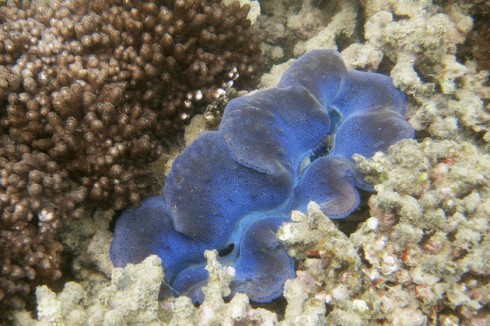
“The term reef safe typically means that the sunscreen contains only mineral UV-blocking ingredients like oxide and titanium dioxide,” explains Joshua Zeichner, a board-certified dermatologist in New York City.
#Reef safe recordia skin
These ingredients form an actual physical block to shield skin from absorbing any rays (whereas chemical filters absorb UV and turn it into heat that’s released from skin). You’ll be able to find them by flipping the SPF tube over and looking for the active ingredients: zinc oxide and titanium dioxide. To keep ocean life happy, the key is to find an SPF that uses physical UVA and UVB filters (as opposed to the chemical ones that have been connected to coral reef deterioration). You can read more about how we maintain our alkalinity in our article Alkalinity, Calcium and your Reef TankĬALCIUM: While these are soft corals and are not consumers of calcium/alkalinity as they do not lay a calcium carbonate skeleton, we still recommend 400-450 Calcium.Marine Sanctuaries are home to some of the ocean’s most biologically diverse and culturally significant marine areas, and we need to ensure that these critical areas are protected from harmful chemicals, in addition to other damaging practices like oil and gas extraction You can read more about Phosphate and our approach to maintaining it in our article Nutrients and your Reef TankĪLKALINITY: While these are soft corals and are not consumers of calcium/alkalinity as they do not lay a calcium carbonate skeleton, we still recommend 8-9 dKh. You can read more about nitrate and our approach to maintaining it in our article Nutrients and your Reef Tank PH: Recommend 8.0-8.4, we tend to run around 8.2-8.3 over 24 hours. You can read more about pH in our article pH and your Reef Tank You can read more about temperature and how it affects your reef tank in our article Temperature and your Reef Tank. NATURAL TEMPERATURE: 82 ☏ / 28 ☌ although most corals can adapt and survive in temps as low as 77 degrees and as high as 84 degrees. We recommend running activated carbon on any system that is going to have an abundance of mushrooms. Mushroom corals especially when growing in numbers and colonizing can contribute to Alleopathy (chemical warfare). Often refered to as Discosoma Mushrooms they tend to prefer low-moderate intensity light.ĪGGRESSION: AGGRESSIVE. are mushrooms, mushroom anemones, disc anemones, and mushroom corals. SCIENTIFIC NAME: Rhodactis howesii is a species of marine cnidarian in the order Corallimorpharia, a sea anemone-like corallimorph found on reefs in tropical regions of the Pacific Ocean. Ricordea florida is a species of coral of the family Ricordeidae and the order Corallimorpharia, whose members are also called false corals. Obviously very rare and unique colorations can go for considerably more than basic varieties. It is for these reasons that the prices tend to be low-moderate depending on the specific color morph of the specimen. Mushrooms are fairly easy to care for, available through aquaculture and grow at a decent rate. Like with all corals, specimens have been seen to do well in captivity when the right combination of Food/Light/Flow and Filtration are achieved. Mushroom are a type of anemone and do not have a calcium carbonate skeleton and therefor do not require extreme maintenance of Calcium and Alkalinity. They are not very susceptible to coral diseases like STN, RTN, and the like. Mushroom corals are easy to care for can grow nicely in ideal conditions. You can read more about Flow and its overall impact on your reef tank in our article Flow and your Reef TankĭIFFICULTY: BEGINNER. Like goldilocks you want it to be just right. Too much flow, especially direct flow, can cause damage to the coral's tissue or an inability to capture food. Too much flow may cause the mushroom to detach from its plug or fitting and seek a new location within the aquarium. Mushrooms corals are actually anemones rather than actual corals. Their polyps aren't overly sensitive to water movement and it's important to keep detritus clear. You can learn more about Feeding and Filtration in our article Feeding, Filtration and your Reef Tank.įLOW: LOW- MODERATE. Like most corals they capture nutrients from the water and will do best when supplied a healthy amount of food. You can learn more about Lighting and it's overall impact on your reef tank in our article Lighting and your Reef TankįOOD: We haven't noticed that any specific feeding strategy is required for these corals.

Overall these corals seem adaptable to a variety of lighting conditions. We see rhodactis do very well at low lighting and we have also seen discosoma do well closer to 150 par.

LIGHT: LOW-MODERATE (75-150 par) is what we find best and this will depend a little on the species of mushroom.


 0 kommentar(er)
0 kommentar(er)
